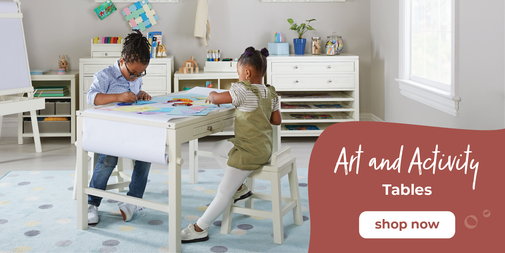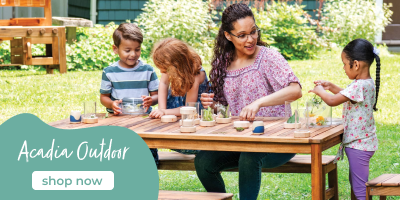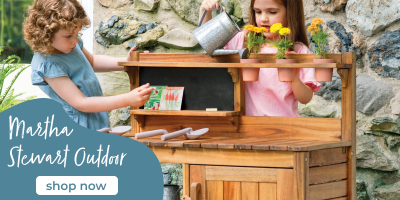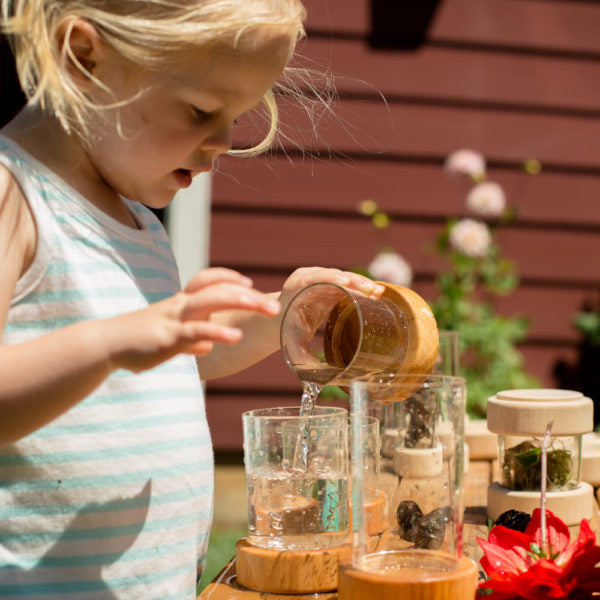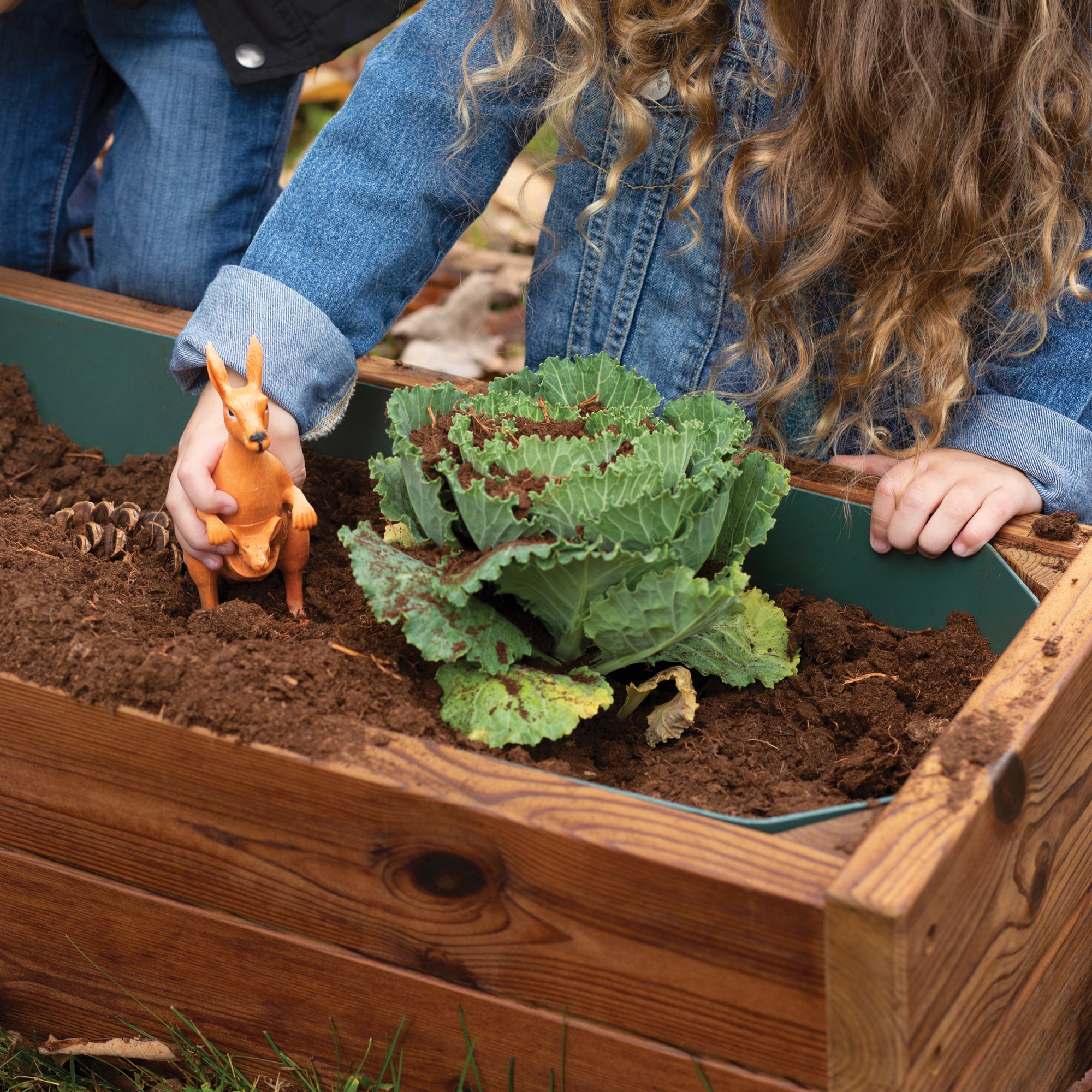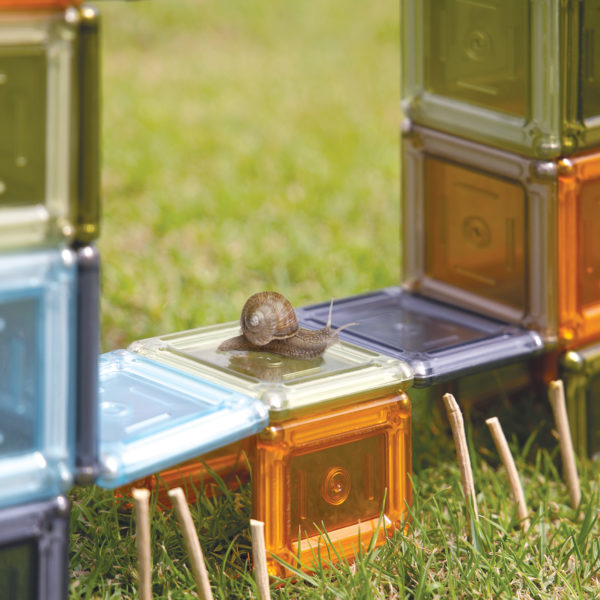Learning with Nature: Animals and Empathy

“Look a worm. We should make it a home!” If you’ve spent any time with young children, you’ve likely heard a phrase similar to this one. Sure, the specifics may have been different, but generally young children love to take care of animals. In fact, caring for animals is where we often first notice young children’s empathy skills.
Empathy is the ability to understand and share the feelings of someone else. Mostly we talk about this in human contexts, yet it’s often with other animals, where empathy is easiest to see in action in young children.

When children care for animals, demonstrating their understanding for that particular creature’s unique needs. I recognize children aren’t always accurate in what they deem as a need. A worm’s home, for example, is in the soil and probably doesn’t require a pillow—a feature I’ve seen added to many child-created worm homes. However, it isn’t the accuracy that’s important. What’s important is that the child is thinking about the animal’s perspective and needs.
Pets are one way to encourage empathy. We can involve children in feeding, grooming, walking, and other care of pets. As we do those tasks, we can talk aloud about what the pet needs and why. Relating to the child’s needs helps in this process, such as “You’ve had your breakfast, now it’s time to give the dog hers, because she needs to eat too.”

In addition to pets, children often discover wild animals while out learning with nature. Sometimes children find healthy animals they want to care for like worms and insects. In a previous blog post, for example, I mentioned Sydney and the slug she’d found.
Sydney wanted to take the slug back to the house to identify the slug using her new book. It was great she wanted to learn more, but the problem was she wanted to keep the slug. That’s when the empathy discussion started. We talked about where slugs live, what they have in their home to keep them safe, and whether or not human homes meet those needs. After a brief discussion we settled on creating a home for the slug outside in the garden using leaves and sticks. As we said goodbye to the slug, Sydney celebrated our kindness saying the slug “will be really happy in the garden.”

Occasionally, children may discover an injured or even dead animal. These situations, while tragic, also help build children’s care for others. In the case of an injured animal, if the child would like to care for the animal, support them by discussing what it needs and how they might help the animal meet those needs. This might mean leaving the animal alone so its parent can come back to help or calling a local animal rehabilitation specialist.
If a child discovers a dead animal, we can support them with a question like, “What do you think happened?” Then we can follow-up with something like, “What should we do?” For some, encountering a dead animal be a non-event while for others it may trigger deep sadness. The “What should we do?” question will help you assess what they’re thinking and feeling. Some children may suggest leaving the animal where others may have a desire for a ceremonial farewell. For example, a child might want to bury the animal and/or make a shrine for it. The particular response a child chooses will of course depend on the individual child’s temperament, previous experiences, and so forth.
Keep in mind, young children are cared for by adults daily. As a child grows bigger and stronger than something else, they can finally become the caretaker—even if it’s for a worm. This will support their understanding of another’s needs and feelings or empathy!

